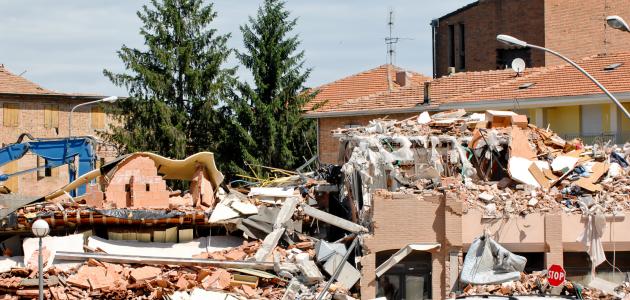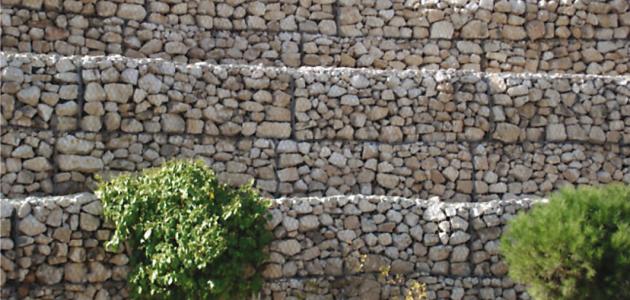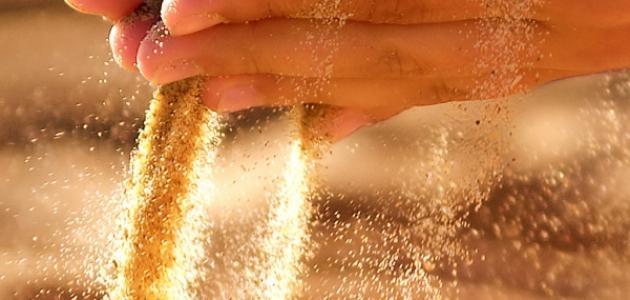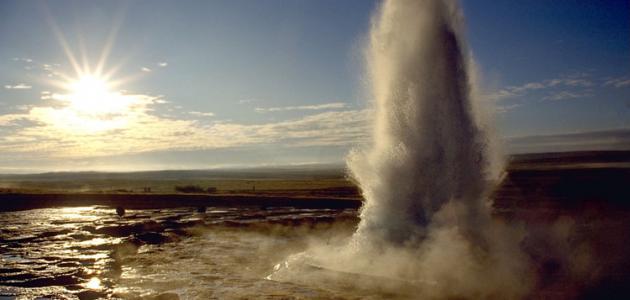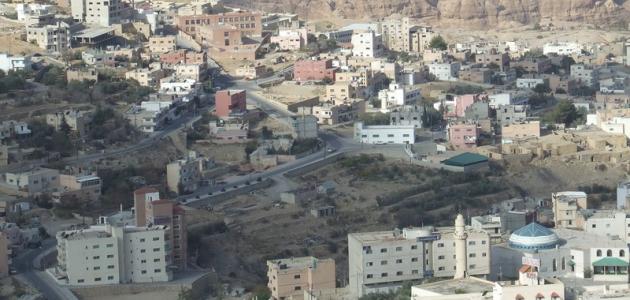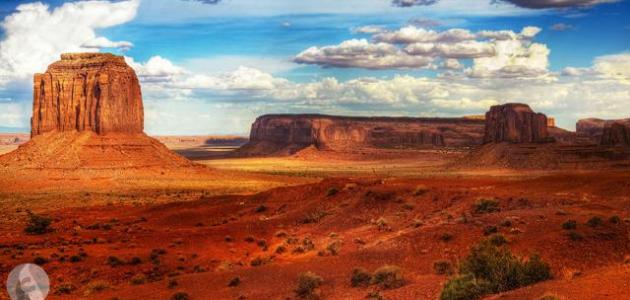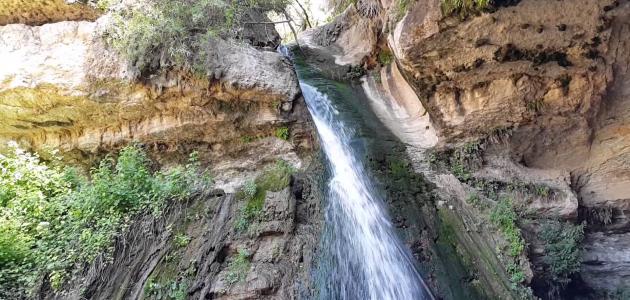What is an earthquake?
The term “earthquake” refers to the ground activity in which two ground plates suddenly slide against each other. Understanding this natural phenomenon involves identifying three main points related to it, which are the level of the fault on the surface of the earth, and the focus of the earthquake, which expresses the place located under the surface of the earth. Earthquakes are divided into two types: the main earthquake, which is the major and fundamental earthquake, and the aftershock resulting from the major earthquake, which lasts for a period of time that may extend to weeks, months, or Even years.
Mechanism of earthquakes
Earthquakes or earthquakes begin to occur as a result of plates sliding against each other, which are exposed to intense friction between them, and do not slide easily and quickly, which leads to the release of energy resulting from the intense pressure of the rocks, resulting in a fracture in these rocks and an earthquake.
Richter scale
The Richter scale was used as the first method to measure the size of earthquakes or earthquakes on a large scale. It is a tool that was invented by the scientist Charles F. Richter in 1934 AD. It was initially designated to measure the size of the earthquakes that occur in the American state of California, and it is based on The Richter scale works to determine the amplitude of the largest wave that is recorded on the seismometer, in addition to determining the distance between the earthquake and that scale. It is noteworthy that many other scales that are used to measure earthquakes have been developed so that they are consistent with the Richter device, and their working principle is based on Measuring the amplitude of the seismic wave and the time period for its continuation.
Read also:Winter informationEffects resulting from earthquakes
The occurrence of earthquakes results in many effects, including:
Read also:Types of strong winds- Causing change in the geological characteristics and surface features of the Earth’s crust.
- Causing damage and harm to aspects of human structure.
- Impact on human and animal life.
- Severe impacts along ocean margins; Because most of the earthquake foci are at its bottom.
